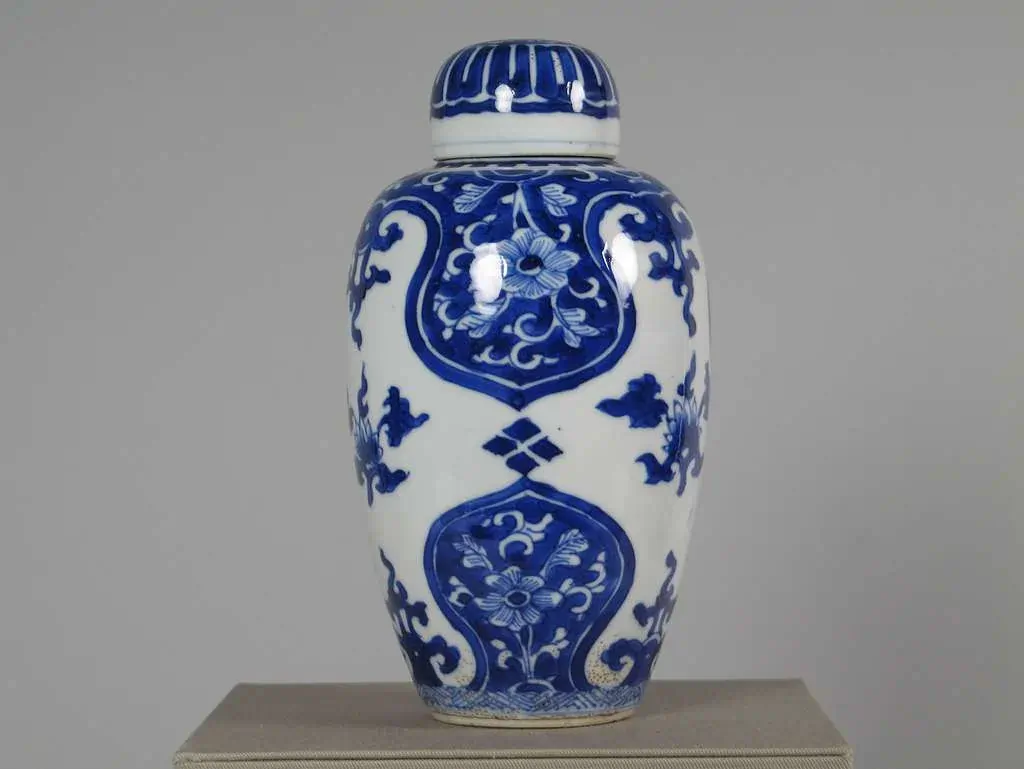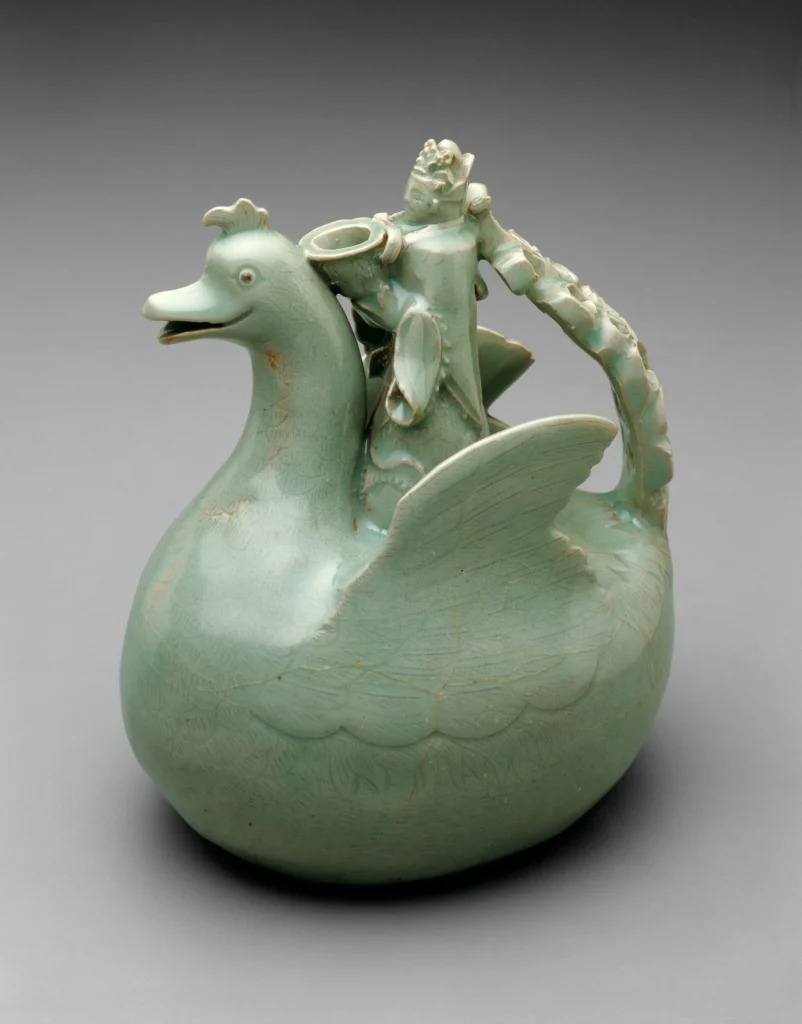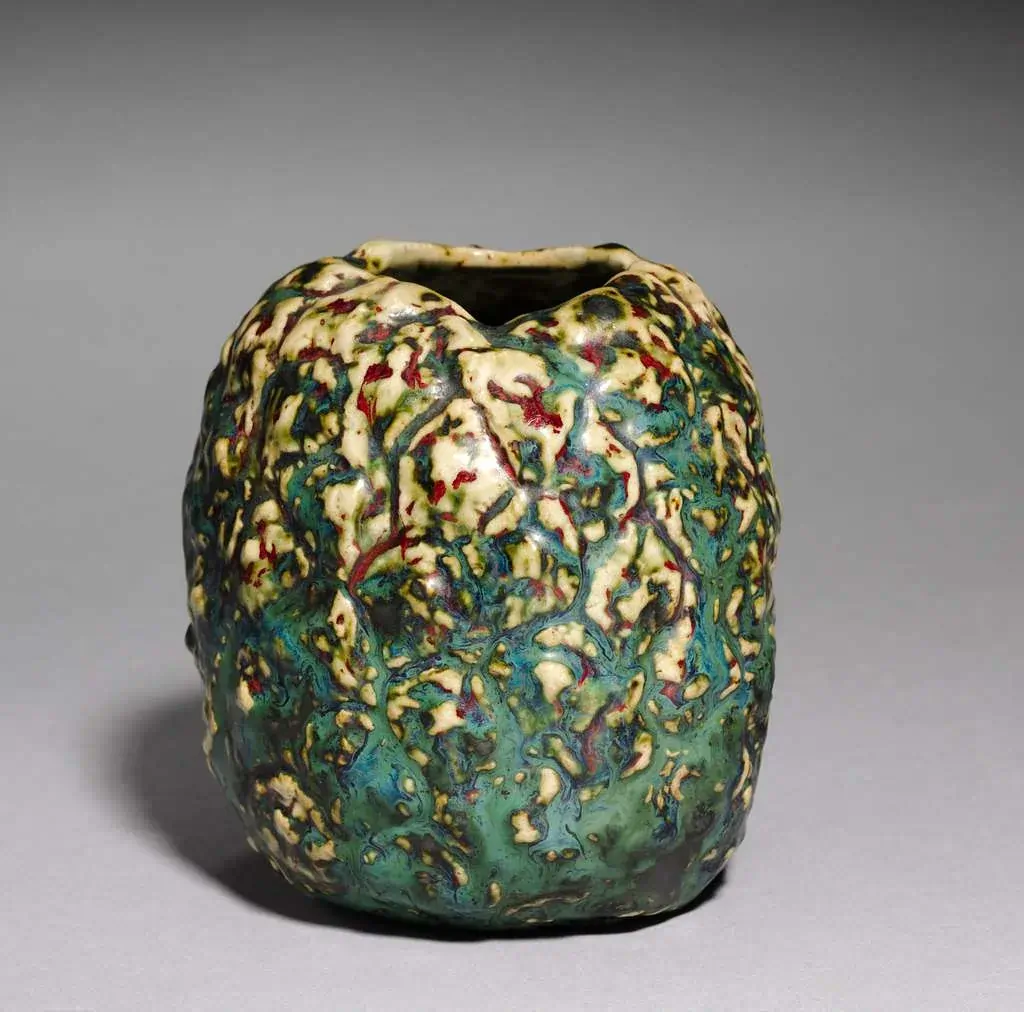One of the milestones, in the history of ceramics is the Kangxi porcelain collection crafted by artisans during the Qing dynasty from 1662 to 1777.The era marked a period of artistic brilliance and technical advancements that raised the bar for ceramic artistry and left a lasting impact, on craftsmen globally.
During this period of history innovative methods and artistic trends revolutionized the world of art. The renowned blue and white artworks, the verte pieces and the striking famille noire creations highlight Kangxi porcelains diverse forms and decorative styles. Emperor Kangxi’s rule encouraged both expertise and creative vision, which are still treasured by collectors and historians today.
Historical Context of Kangxi Porcelain
In 1644 the Qing dynasty’s emergence altered the course of history as the Manchus toppled the Ming dynasty from power. Eight years later Emperor Kangxi ascended to the throne at a tender age of seven in 1662 playing a role, in fostering stability and promoting brilliance. His rule marked a fusion of Chinese bureaucratic methods with innovative strategies, for governing and nurturing cultural development.
The emperor’s commitment to safeguard and enhance culture had an impact, on porcelain production itself as evidenced by his decision to revive the imperial kilns in Jingdezhen after they had ceased operating in the late Ming era breathing fresh life into ceramic craftsmanship and resulting in a surge of porcelain making for imperial and ceremonial purposes. Furthermore his keen interest in development was demonstrated through the establishment of imperial workshops within the Inner Palace of the Hall of Mental Cultivation, in the Forbidden City.
The recent period saw progress, in the technology and creativity of making ceramics:
- Artists developed sophisticated copper-red glazes, including the distinctive ‘peachbloom’ glaze
- Blue and white porcelain techniques reached new heights
- European influence brought new enamel technology
- Artists refined overglaze enamels, especially in the famille-verte palette
Superintendent Lang Tingji (1705–1712) oversaw advancement, in the craftsmanship of official ceramics thanks in part to the contributions of European Jesuit missionaries who introduced innovative enamel technologies at court sparking a renewed interest in porcelain decoration techniques, among artisans of that era and beyond.
During the Kangxi period, in history when the Palace Workshops (known as Zaobanchu) were established it was an effort that united Chinese craftsmen. This blending of cultures resulted in the production of tools timekeeping devices and intricately designed porcelain art pieces. The artisans merged artistic styles, with cutting edge European techniques to elevate the standards of ceramic craftsmanship to unprecedented heights.
Distinctive Features of Kangxi Porcelain
Chinese ceramic flourished during the time of Kangxi showcasing craftsmanship with vessel designs and advanced glazing methods that set a new standard, in ceramic artistry by blending traditional Chinese beauty with innovative porcelain making techniques of the era.
Characteristic forms and shapes
During the Kangxi era unique vessel shapes emerged as designs, in porcelain showcasing remarkable forms such, as;
- The Liuyeping (willow leaf vase) showcases a graceful, amphora-like profile
- The Taibai zun (beehive-form water coupe) displays perfect balance in its design
- The Bangchiuping (rouleau vase) stands out with its smooth cylindrical body
- The Fangweizun (phoenix tail vase) captures attention with its signature flared rim
Decorative techniques and motifs
The Kangxi craftsmen were highly skilled, in using methods that showcased their exceptional precision and artistry like never before seen in their time period. Their exquisite works included patterns inspired by classical literature such as scenes, from “The Romance of the Three Kingdoms” and “The Romance of the West Chamber.” These talented artists demonstrated expertise in depicting figurative scenes. Their creations intended for markets often concluded with rock formations and cloud designs to add a unique touch to the overall piece.
Color palettes and glazes
Artisans became skilled at glaze technology and created several distinctive palettes during this period.
| Glaze Type | Characteristics |
| Famille Verte | Dominated by green with red, yellow, blue, and aubergine enamels |
| Famille Noire | Black ground combined with vibrant overglaze decoration |
| Peachbloom | Distinctive copper-red glaze with mottled effects |
| Powder Blue | Speckled cobalt appearance with unique texture |
Reign marks and their significance
The Kangxi dynasty markings are crucial, in verifying the authenticity of artifacts from that era the ones bearing six character inscriptions enclosed in a ring and painted in under glaze blue by skilled craftsmen using delicate strokes arranged in two vertical rows of three characters each. Although some rare items feature three vertical rows of two characters instead to denote their uniqueness. Due to regulations governing the use of reign marks during that period artisans often employed symbols on non-imperial pieces, such as images, like the artemisia leaf or lingzhi fungus to differentiate them.
Famous Kangxi Porcelain Types
During the Kangxi era Chinese artisans advanced their craftsmanship to achieve technical and artistic excellence by mastering the creation of diverse porcelain varieties. Their creations highlighted advancements, in glazing methods and ornamental designs that ultimately defined the aesthetic of the Qing dynasty.
Blue and white porcelain
During the Kangxi period, in Chinas history skilled craftsmen honed their expertise in creating white porcelain to achieve levels of precision and artistry. Their creations featured a sapphire color beneath a smooth white glaze with a hint of bluish hue on a remarkably pure white base.
The Fenshui technique became popular during that time as artists experimented with shades of blue to mimic the look of ink paintings. Inspiration, for their works often drew from themes and classic literature such as “The Three Kingdoms” and “The Romance of the West Chamber.”
Famille verte
Famille verte porcelain represents a sophisticated progress from the Ming dynasty’s Wucai (five-color) palette. These remarkable pieces showcase distinct characteristics:
- Translucent green enamels blend with red, yellow, blue, and aubergine colors
- The green and blue glazes reveal a distinctive iridescence under bright light
- Black outlines define the general designs while red outlines enhance the figures’ faces
Famille noire
During the Kangxi era porcelain made advancement through the creation of noire, which changed the usual white backdrop of famille verte to a striking black base giving it a unique appeal. Enhancing this style were features such, as;
| Design Element | Characteristics |
| Ground Color | Intense black with metallic green undertones |
| Decoration | Prunus blossoms and dense floral patterns |
| Glaze Quality | Layered appearance with iridescent effects |
| Surface Finish | Distinctive metallic sheen |
Monochrome glazes
During the Kangxi era, in China’s history of ceramics production artists achieved expertise in creating single color glazes. Among the renowned were the Sang de boeuf glaze, with its red hue and the powder blue glaze that displayed a mottled effect resembling airbrushing when examined closely. Another coveted glaze was the peach bloom variety, which skillfully blended green hues to create a finish adorned with intricate speckles.
The advancements, in glazing technology have redefined the standards of craftsmanship and numerous artifacts have held significance in ceremonial practices within the state domains. The expertise demonstrated by artisans during the Kangxi era has significantly influenced manufacturing throughout East Asia and serves as a timeless inspiration, for pottery practices.
Conclusion
During the Kangxi period, in Chinas history of ceramics production demonstrated the level of skill and artistry achieved by artisans in creating Kangxi porcelain pieces that showcase a blend of technical expertise and creative flair across various styles such as blue and white designs as well as the innovative famille verte and famille noire collections crafted during that era. The advancements made in glaze technology during this period were particularly noteworthy with the introduction of copper red and peach bloom glazes setting standards, for prowess in Chinese porcelain artistry.
The influence of Kangxi porcelain extends beyond its time period. Has left a lasting impact, on ceramic practices in both East Asia and EuropeEmperor Kangxi’s innovative approach merged Chinese artistic customs with European technical expertise to revolutionize the production of porcelain. These significant accomplishments still captivate collectors researcher’s and art lovers alike The pieces are revered as benchmarks of skill and artistic elegance in the realm of arts, across the globe
FAQs
What makes Emperor Kangxi a significant figure in history?
Emperor Kangxi is considered one of the most effective rulers in the history of China. His 61-year reign established a foundation for prolonged political stability and economic growth across the empire.
Why was porcelain significant during the Tang Dynasty?
Porcelain, originating from ancient China, became a crucial export from the Han and Tang Dynasties onward. It played a vital role in economic and cultural exchanges between China and other nations, significantly impacting the traditional cultures and lifestyles worldwide.
What was the importance of porcelain in the Ming Dynasty?
During the Ming Dynasty (1368-1644 CE), porcelain production flourished due to the era’s economic prosperity. This period saw a high demand for quality craftsmanship both domestically and internationally, elevating the status of Ming porcelain.
How can one identify porcelain from the Kangxi period?
Porcelain from the Kangxi era can be identified by its imperial markings, typically a six-character kaishu script enclosed within a double ring in underglaze blue. While pieces with imperial marks are highly sought after, collectors also value Kangxi porcelain made for everyday use.



